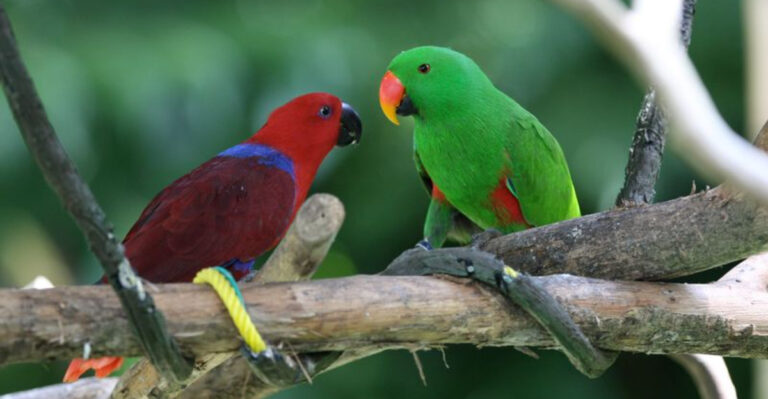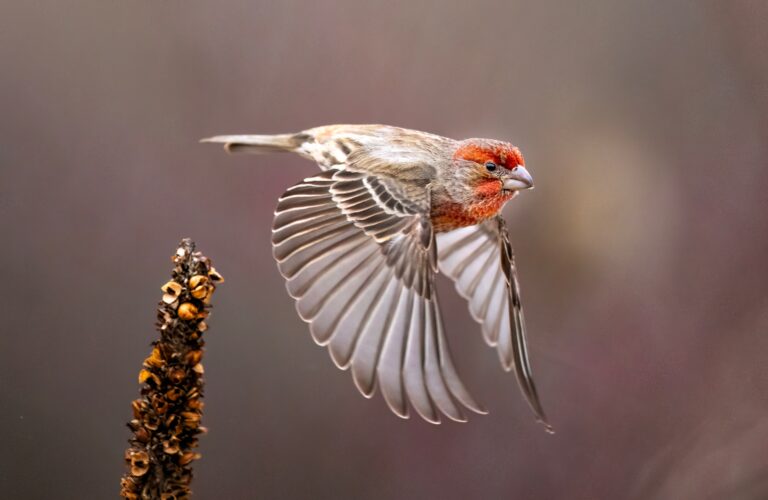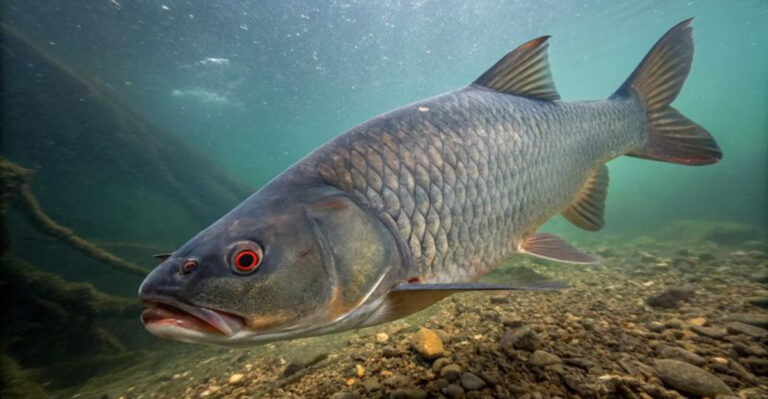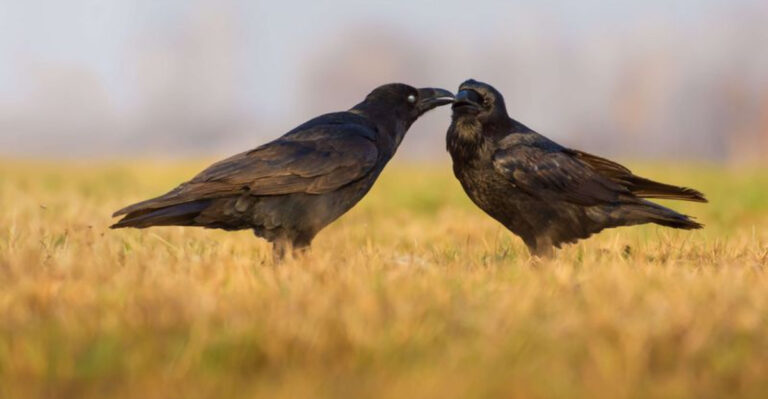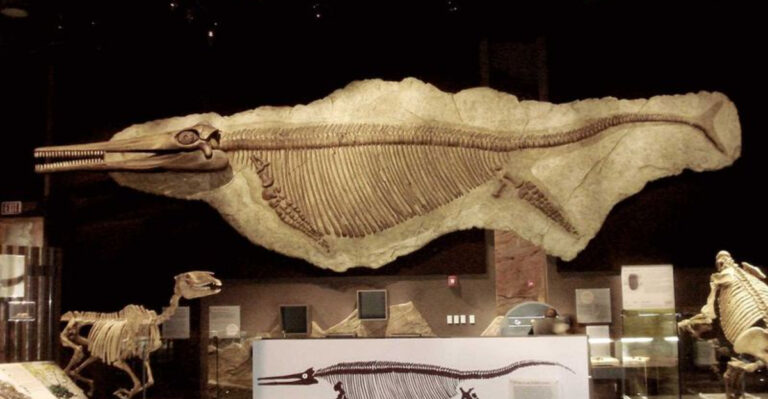18 Invasive Species Spreading Across North America: What You Should Know
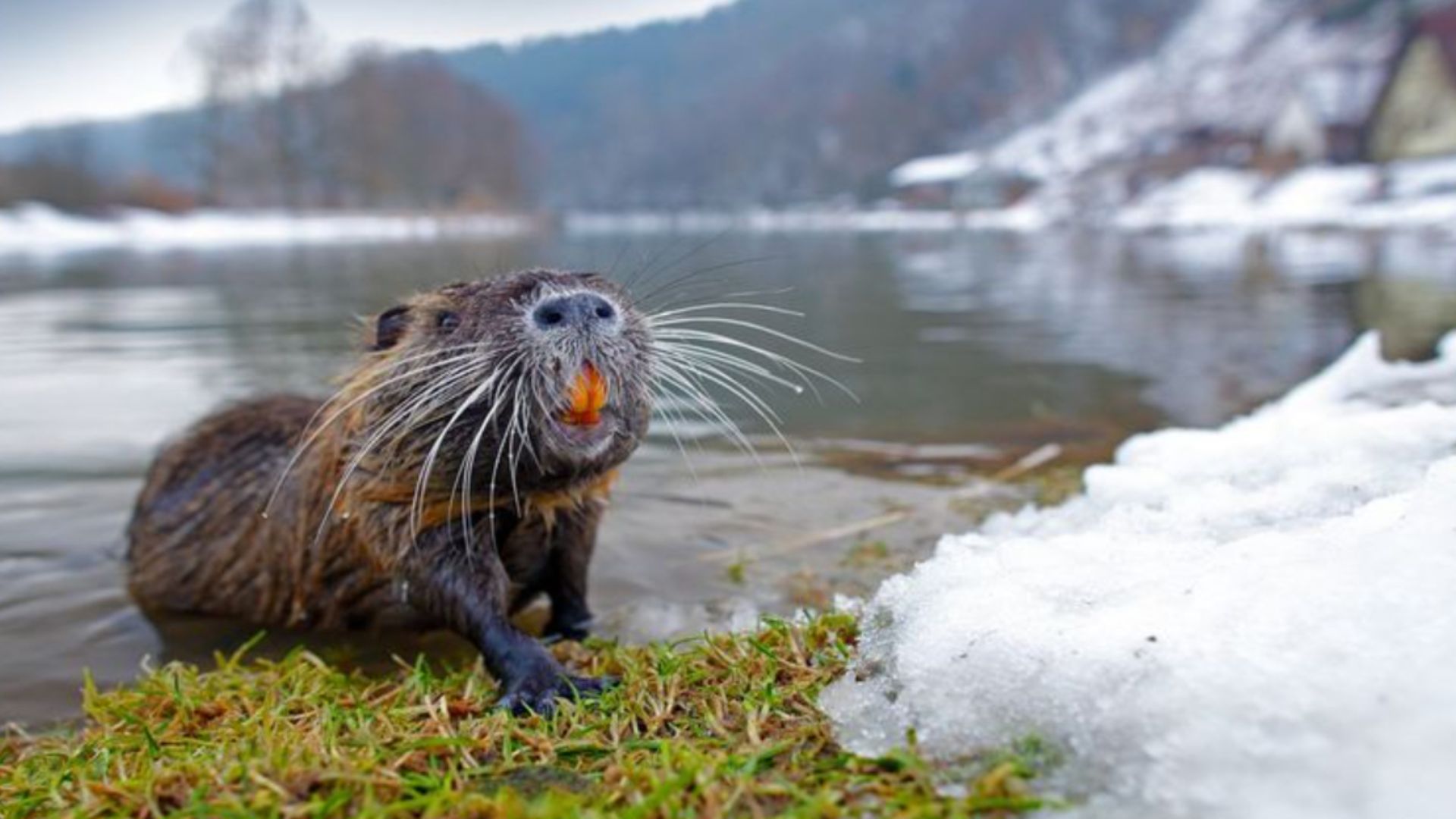
Invasive species are quietly reshaping North America’s ecosystems – often in ways we don’t notice until it’s too late. These uninvited guests can outcompete native wildlife, damage crops, and disrupt entire food chains.
From aggressive plants to fast-spreading animals, the list keeps growing. Here are 18 species making their mark – and why it matters.
1. Fire Ants
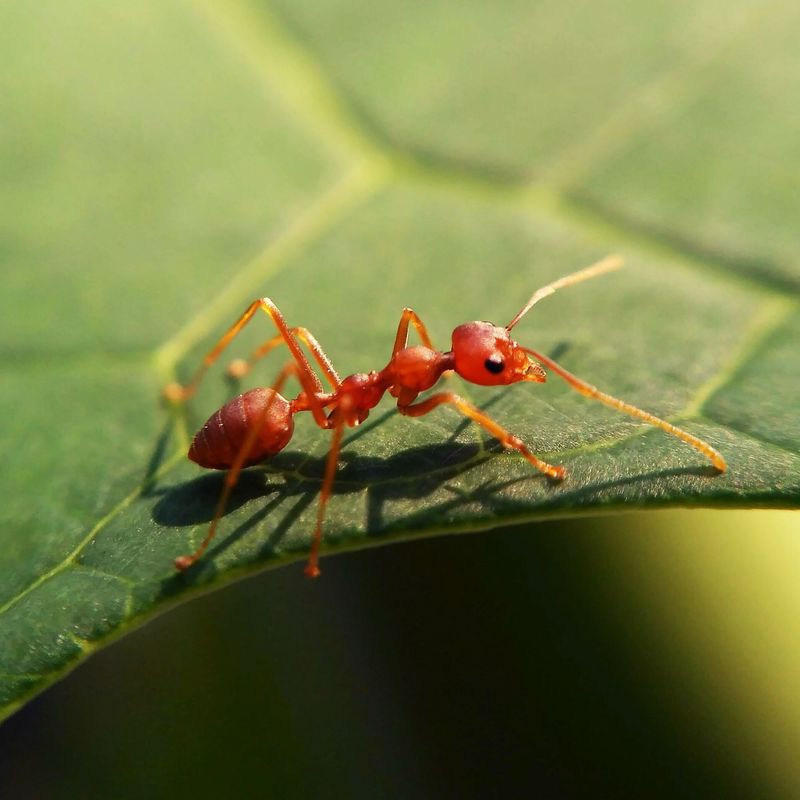
Originating from South America, fire ants are now a fiery nuisance in the southern United States.
Their accidental introduction in the 1930s has led to aggressive colonies that threaten native insects and animals. With painful stings, these ants are not only a menace to humans but also to agriculture.
Farmers often find their fields disturbed by these intruders, leading to economic losses. Their presence has become a significant ecological concern, as they diminish biodiversity and alter the habitats they invade.
2. Zebra Mussels
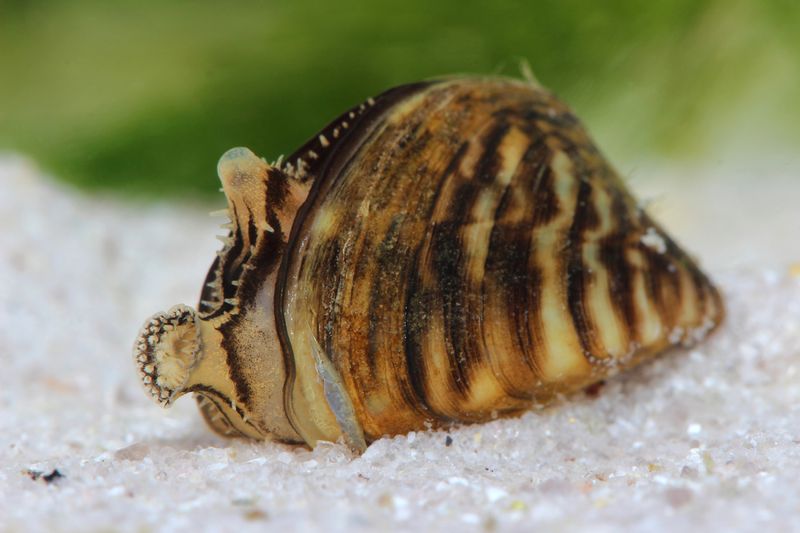
Hitching a ride from Eastern Europe and Russia, zebra mussels made their North American debut in the 1980s.
These pesky mollusks are notorious for clogging water pipes and wreaking havoc on aquatic ecosystems. Their rapid reproduction allows them to outcompete native species swiftly.
The economic toll is significant, with industries and municipalities spending millions on maintenance and removal. The disruption they cause to the food web poses a lingering threat to native aquatic life.
3. Burmese Pythons
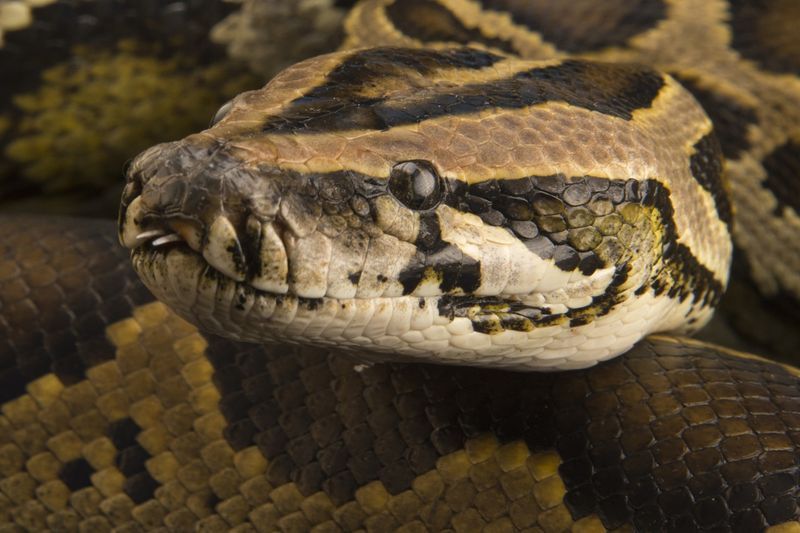
Slithering into the Florida Everglades through the pet trade, Burmese pythons have become apex predators in an ecosystem not prepared for them.
These large snakes, with no natural predators, prey on a wide array of native wildlife. Their presence has caused a drastic decline in the population of mammals and birds.
As they continue to spread, the impact on biodiversity becomes more pronounced. Control efforts are ongoing but challenging, highlighting the complexity of managing invasive species.
4. European Starlings
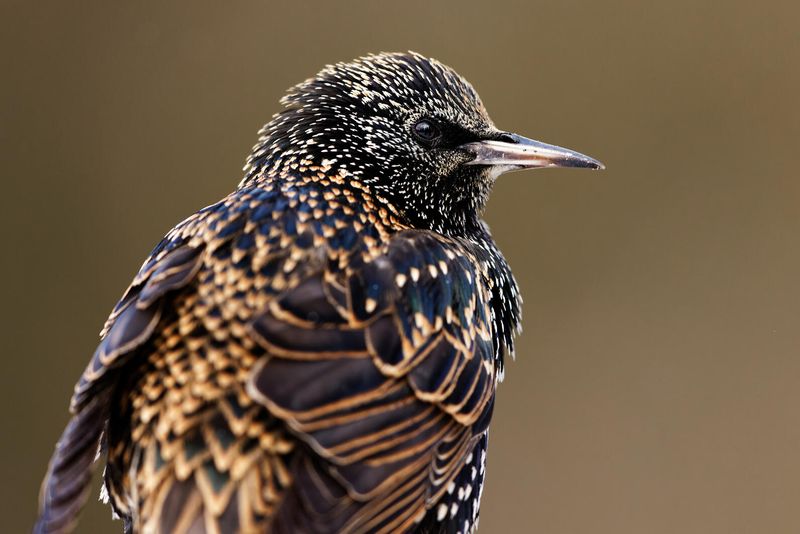
In the late 1800s, European starlings were introduced to North America by Shakespeare enthusiasts wanting to bring all birds mentioned in his works to life. These birds have since become unwelcomed guests.
Outcompeting native birds for nesting sites, they also damage crops significantly.
Their adaptability and large flocks make them hard to control, and their presence continues to be a headache for farmers and conservationists alike.
5. Asian Carp
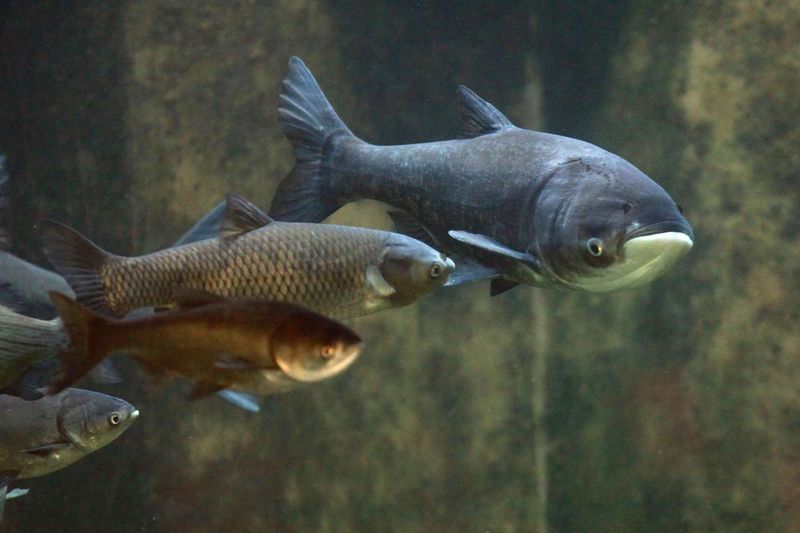
Asian carp were initially brought to North America to control algae in aquaculture ponds but made an unexpected escape.
Now, they pose a grave threat to local ecosystems as they outcompete native fish for food and habitat. Their prolific breeding and large appetite make them formidable invaders.
As they advance through waterways, the risk of them reaching the Great Lakes raises alarms among environmentalists.
The battle against their spread involves innovative strategies, yet a solution remains elusive.
6. Emerald Ash Borer
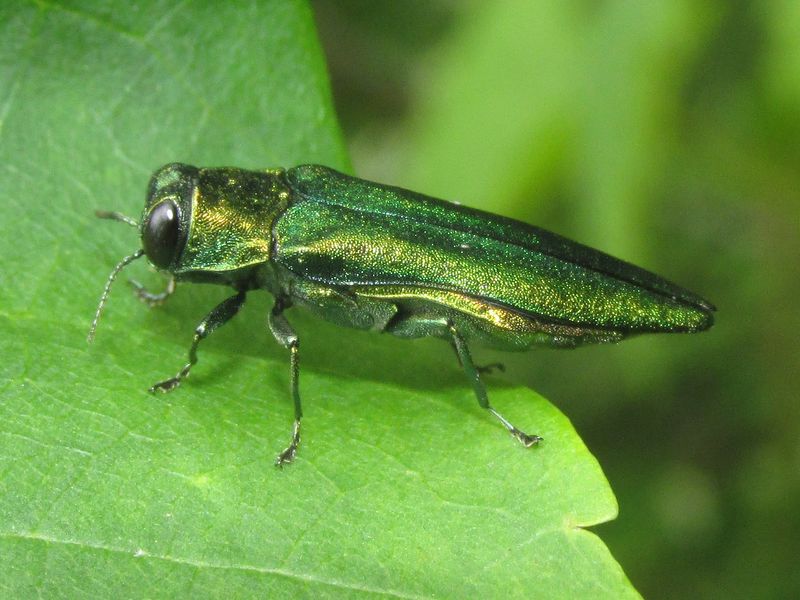
The emerald ash borer, a green beetle from Asia, has showcased its destructive prowess across North America by decimating ash tree populations.
These beetles burrow into trees, cutting off nutrient supplies and leading to tree death. The loss of ash trees affects not just ecosystems but also industries reliant on ash wood.
Efforts to manage and mitigate this pest include quarantines and biological controls, but the battle is far from over. Conservationists are racing against time to protect remaining trees.
7. Cane Toads
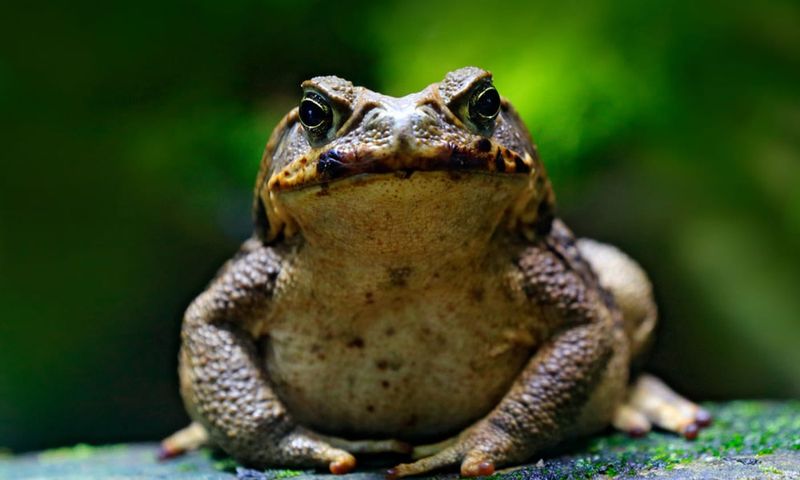
Cane toads, introduced as pest control in the early 20th century, have become toxic nuisances in the southern U.S.
These amphibians not only outcompete native species but also pose a poisoning risk to predators that attempt to eat them.
Their rapid reproduction and adaptability have allowed them to spread quickly. Efforts to control their population involve community engagement and removal programs, yet they remain a formidable challenge due to their resilience and toxicity.
8. Feral Hogs
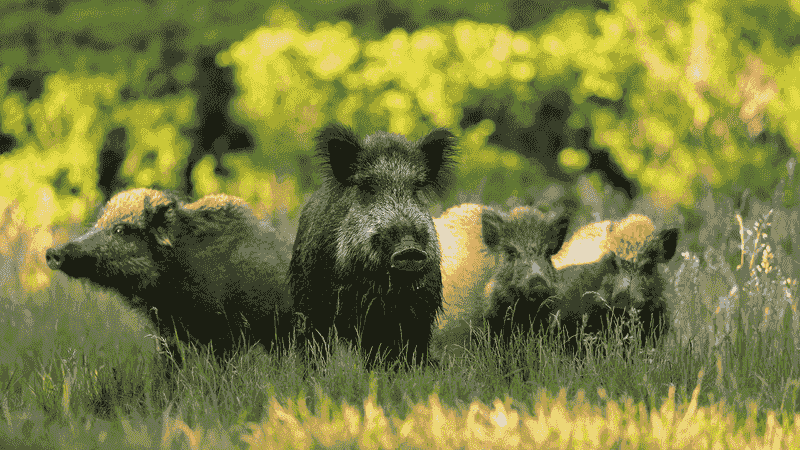
Descendants of domestic pigs, feral hogs cause widespread destruction across North America. Their rooting behavior damages crops, native plants, and delicate ecosystems.
Beyond environmental impact, these hogs spread diseases to livestock, affecting the agricultural economy.
With their numbers and range ever expanding, controlling these invasive mammals requires coordinated efforts among landowners and wildlife agencies.
Innovative solutions are being tested, but the problem persists, highlighting the complexity of managing invasive species.
9. Nutria
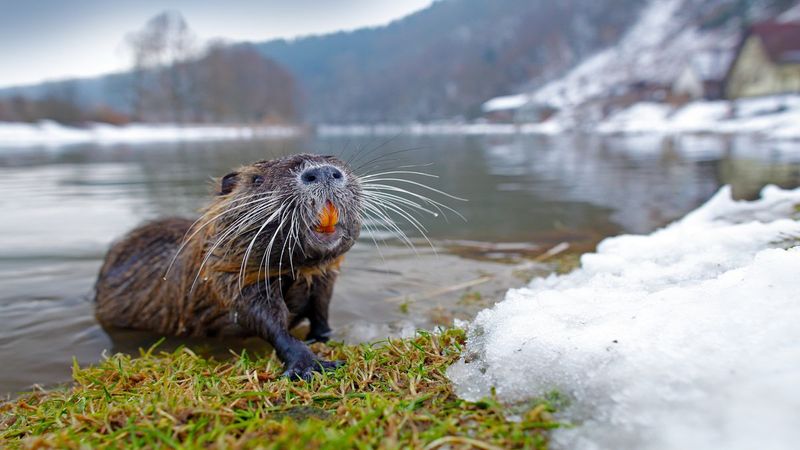
Nutria, semi-aquatic rodents introduced for their fur, have gnawed their way into North America’s landscapes. These creatures wreak havoc by consuming wetland vegetation and weakening levees.
Their burrowing habits lead to erosion and habitat destruction, posing a significant threat to wetland ecosystems.
Control measures include trapping and hunting, but their high reproductive rate complicates these efforts.
The battle against nutria is ongoing, with conservationists and land managers seeking more effective strategies.
10. Sea Lamprey
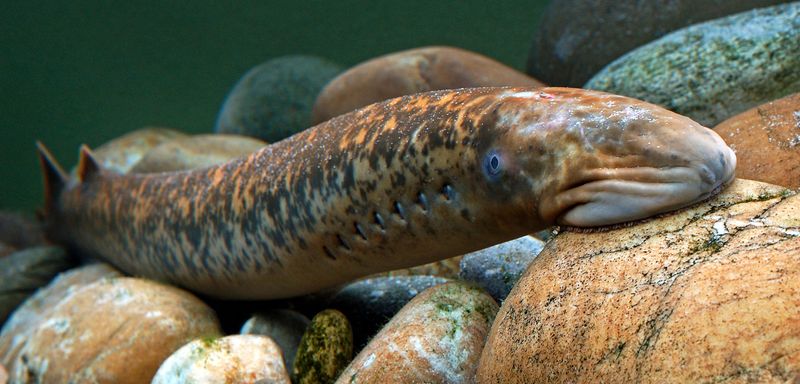
The sea lamprey, a parasitic fish, has invaded the Great Lakes, becoming a formidable foe to native fish populations.
By attaching to fish and draining their blood, they significantly impact economically important species.
Efforts to control them include barriers and chemical treatments, but the struggle remains challenging. The ecological and economic consequences make managing this invader a priority.
Despite progress, the sea lamprey continues to pose a threat to the health of the Great Lakes fisheries.
11. Brown Marmorated Stink Bug
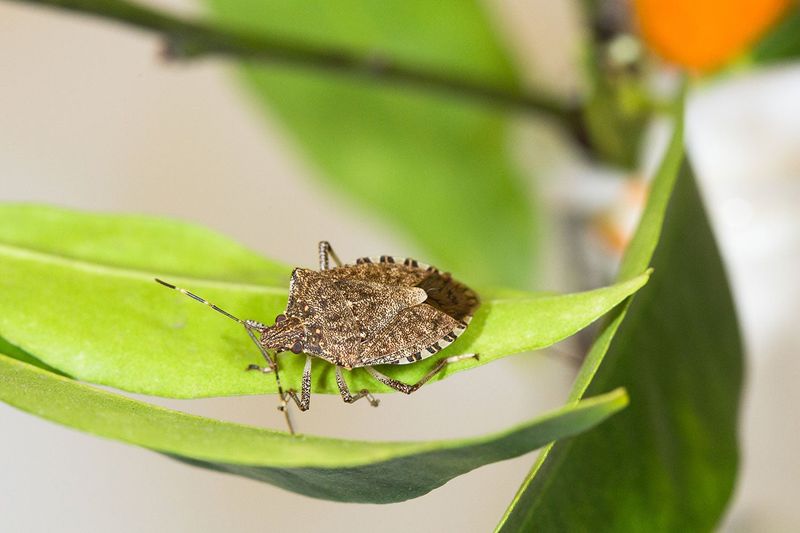
Brown marmorated stink bugs, hailing from Asia, have made themselves at home in North America, much to the dismay of farmers and homeowners.
These pests damage a variety of crops, including fruits and vegetables, leading to significant economic losses.
During winter, they invade homes, becoming unwelcome guests.
Control efforts are complicated by their resistance to pesticides and ability to reproduce quickly. The battle against these bugs continues as researchers and farmers seek more effective solutions.
12. Spotted Lanternfly
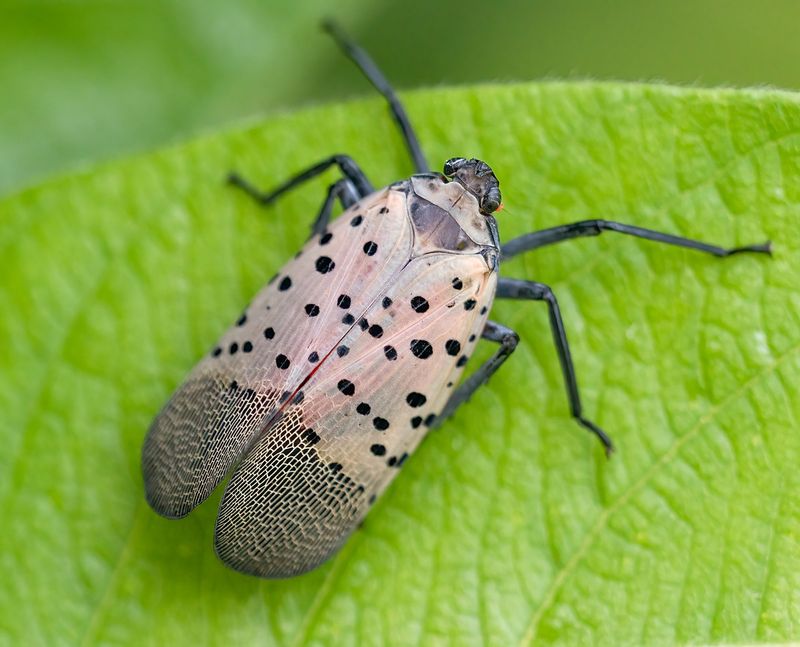
The spotted lanternfly, another Asian native, is proving to be a real grape-squasher in North America. Feeding on over 70 plant species, including fruit trees and grapes, they pose a severe threat to agriculture and forestry.
Their rapid spread and high reproductive rate challenge control efforts.
Public awareness campaigns and quarantine measures are part of the strategy to curb their impact.
As they continue to spread, the urgency to find effective control methods grows, making them a top priority for environmental agencies.
13. Japanese Beetles
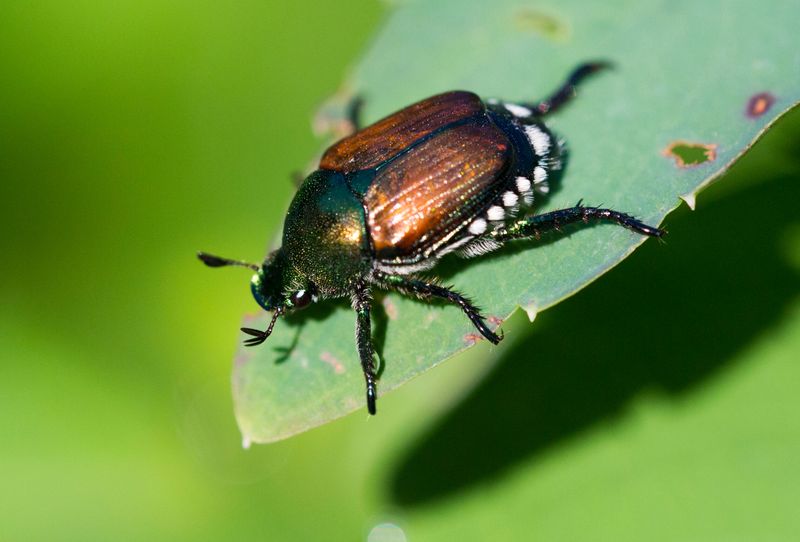
Making their North American invasion in the early 1900s, Japanese beetles are the bane of over 300 plant species. These beetles, with their metallic green bodies, skeletonize leaves and damage crops.
Their larvae, meanwhile, destroy grass roots, leading to unsightly dead patches.
Control strategies include pheromone traps and biological controls, yet their numbers remain challenging to manage.
Gardeners and farmers alike continue to battle these persistent pests, striving for innovative ways to protect crops and landscapes.
14. Africanized Honeybees
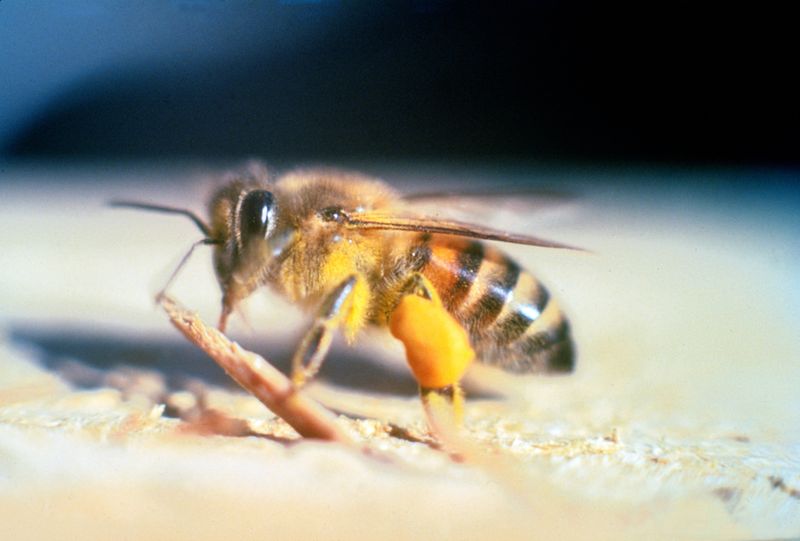
Commonly dubbed “killer bees,” Africanized honeybees buzzed into the U.S. after their introduction in Brazil in the 1950s. Known for their aggressive nature, they’ve outcompeted native honeybees.
Their presence poses challenges not only to beekeepers but also to the public due to their heightened defensiveness.
While they contribute to pollination, their aggressive behavior necessitates caution. Efforts to manage their expansion include educational programs and research into bee behavior, aiming to balance their ecological role with safety.
15. Lionfish
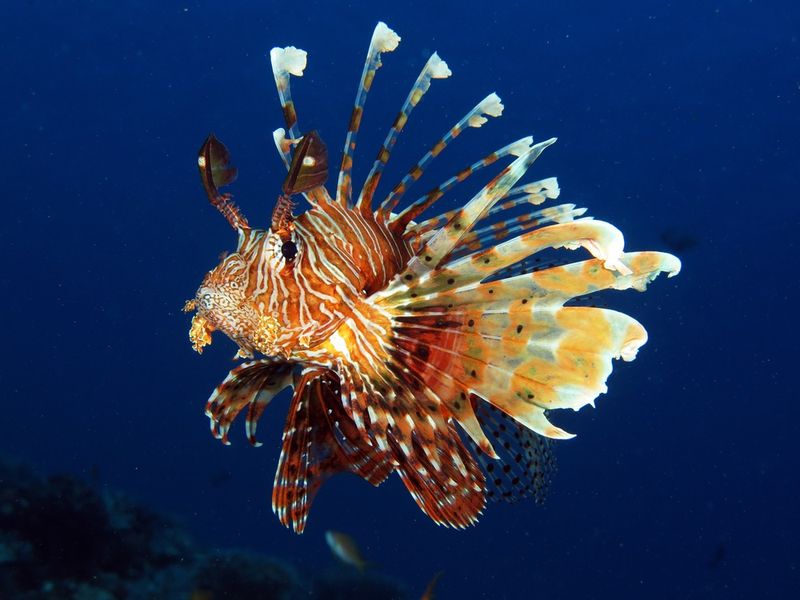
With its striking red and white stripes, the lionfish is an uninvited guest in the Atlantic Ocean.
Native to the Indo-Pacific, this beautiful yet venomous fish has captivated divers but disrupted marine ecosystems.
Its voracious appetite threatens local fish populations, causing concern among marine biologists. Efforts to manage their population include organized culling events.
They are not only predators but also masterful hunters, using their pectoral fins to corner prey.
16. European Green Crabs
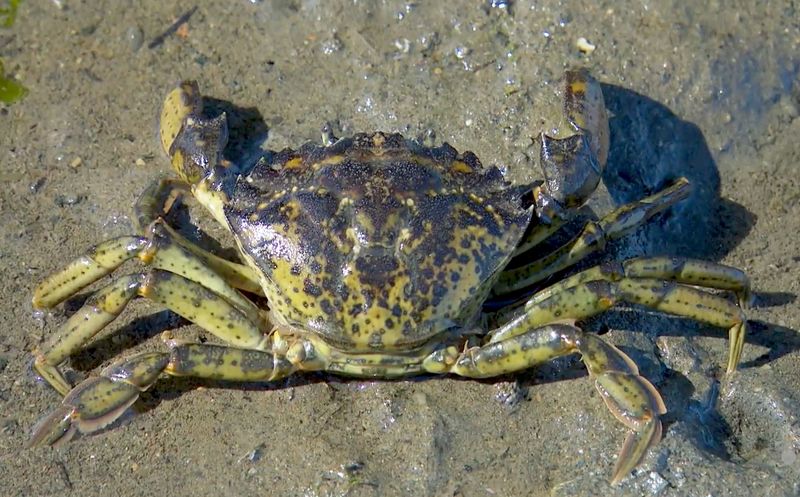
The European Green Crab is notorious for its voracious appetite and destructive impact on shellfish populations. Found along the coastlines, these crabs are aggressive competitors.
Their presence has led to declines in native crab and bivalve species, disrupting local fisheries. With a knack for colonizing new areas, they pose ongoing challenges to marine ecosystems.
Despite their name, not all European Green Crabs are green; they can exhibit a range of colors depending on age and environmental conditions.
17. Northern Snakehead
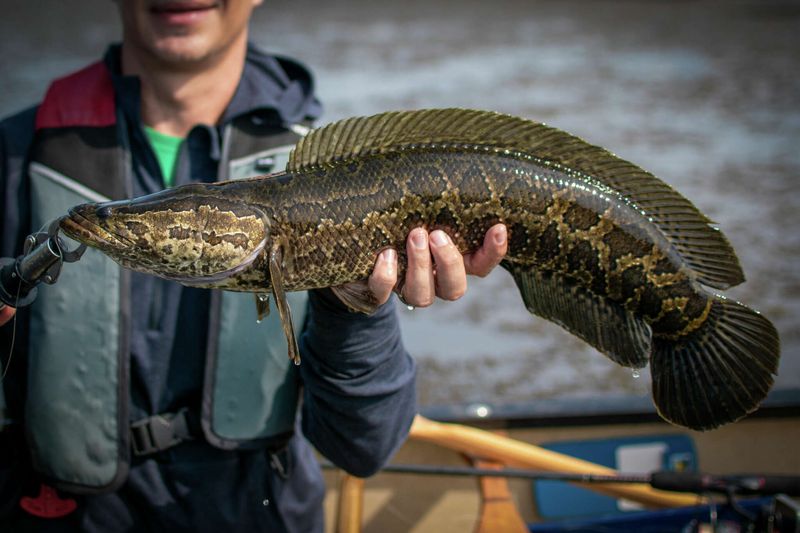
With the ability to breathe air and even wriggle short distances on land, the Northern Snakehead has become one of North America’s most alarming aquatic invaders.
Native to Asia, this aggressive predator competes with native fish for food and habitat, threatening entire ecosystems.
Its rapid reproduction and adaptability make it difficult to control once established. Wildlife agencies across the U.S. have issued alerts due to its destructive impact on local waterways.
18. Mute Swans
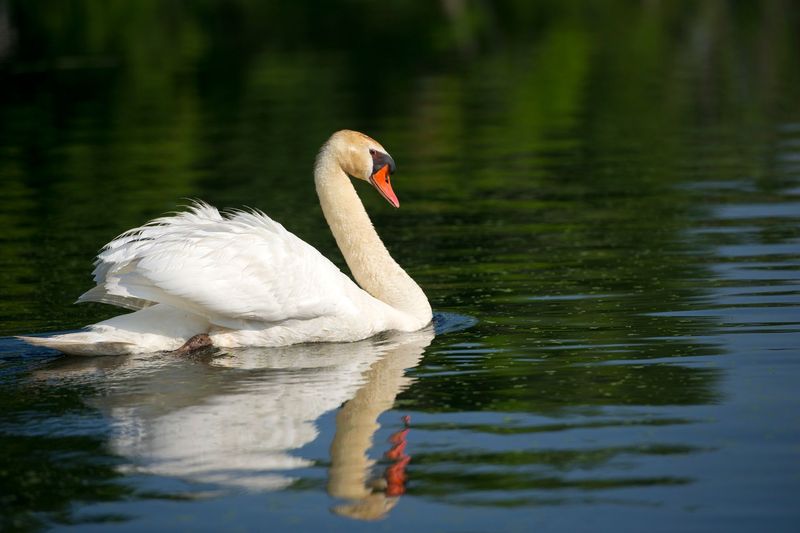
Elegant in appearance but aggressive in behavior, the Mute Swan is causing unexpected problems in North American wetlands.
Originally imported for ornamental purposes, they’ve spread across several states, where their large appetites and territorial nature are displacing native waterfowl.
These swans consume massive amounts of aquatic vegetation, damaging fragile habitats. Their presence may look peaceful, but their impact on local ecosystems is anything but.

